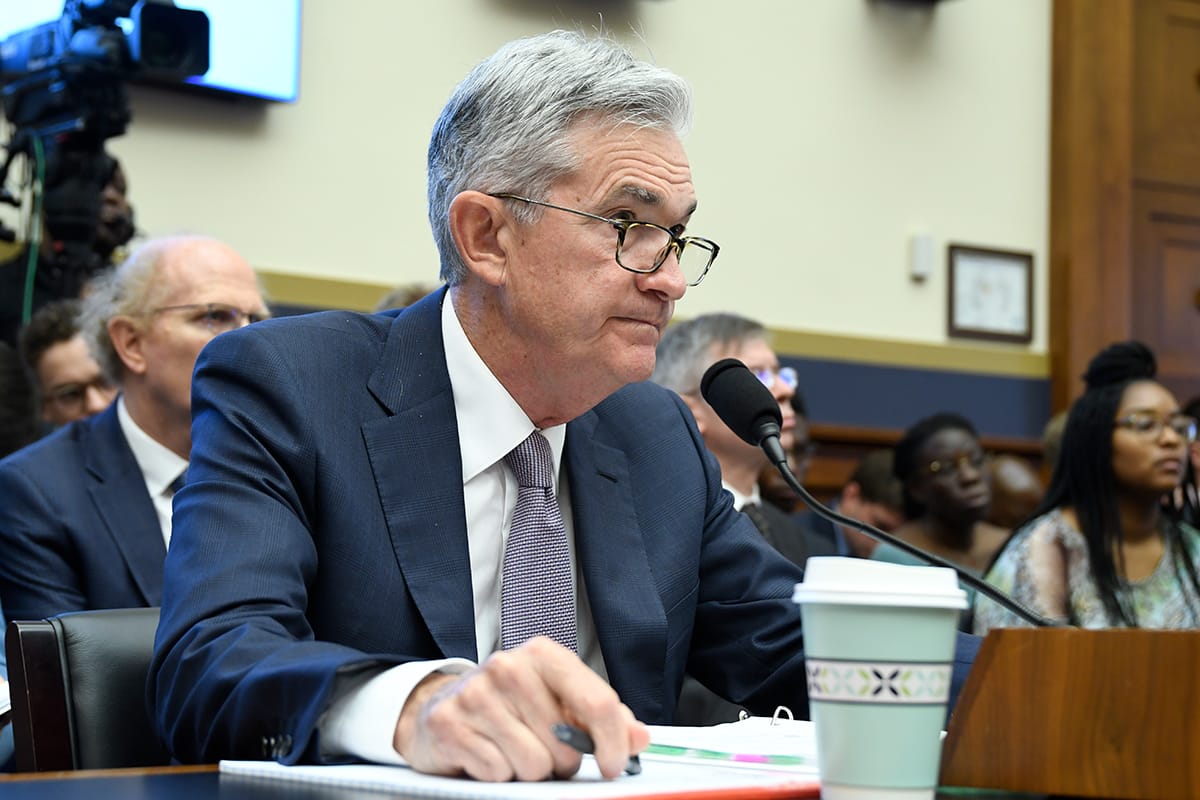The Federal Reserve is poised to announce its decision regarding interest rates at its forthcoming meeting, with most analysts anticipating no change to the current policy. This expectation comes amidst a backdrop of economic data that presents a mixed picture of growth and inflation. While some sectors of the economy demonstrate signs of strength, the Federal Reserve remains cautious, prioritizing its dual mandate of price stability and maximum employment. The central bank’s approach continues to emphasize a careful analysis of incoming economic reports, using these indicators to guide its monetary policy decisions. The Fed’s policymakers have repeatedly stressed the importance of data dependency, suggesting that future moves on interest rates will be determined by the evolving economic landscape. This position reinforces the institution’s commitment to an independent monetary policy, detached from direct political influence.
Former President Trump has publicly voiced his opinion on the matter, urging the Federal Reserve to implement interest rate cuts. Trump’s remarks reflect his long-standing position that lower interest rates stimulate economic growth and make borrowing more accessible. His call for rate reductions highlights the potential divergence between political expectations and the central bank’s assessment of economic conditions. However, it is noteworthy that the Federal Reserve operates with a degree of autonomy, insulated from direct political pressure. This separation is designed to allow monetary policy decisions to be based solely on economic analysis and the pursuit of the institution’s mandated objectives. The current economic situation presents a unique set of challenges. Inflation, while having shown signs of moderation, remains a key concern for the Federal Reserve. Simultaneously, the labor market remains strong, although there have been some indications of a slight easing in job growth. These factors, combined with global economic uncertainties, create a complex scenario for the Fed as it navigates the appropriate course of action for monetary policy. The anticipation surrounding the Federal Reserve’s meeting has prompted speculation about the future trajectory of interest rates, and implications for economic activity. Financial markets are reacting to the perceived stance of the Fed, with investors closely monitoring communications from the central bank. The Federal Reserve’s statements and guidance often provide clues about the institution’s outlook on the economy and potential future policy adjustments. This scrutiny extends beyond Wall Street, affecting businesses and consumers alike, as interest rates play a key role in borrowing costs, investment decisions and overall economic confidence. The Federal Reserve’s communication strategy is considered a crucial element of its monetary policy, and its official statements are thoroughly scrutinized for insights into current and future intentions. It is anticipated that the Fed will reaffirm its commitment to price stability while also acknowledging the existing challenges in achieving sustainable growth. The emphasis on the importance of data dependency further highlights the central bank’s data-driven approach. The central bank’s approach is aimed at making monetary policy decisions that are effective in balancing the multiple aspects of a complex economic environment. The outcome of this meeting is expected to influence market sentiment and provide a basis for economic projections. The Federal Reserve’s stance will continue to be closely monitored by economic observers and market participants in the near future. The upcoming release of the Federal Reserve’s meeting statement will be a key economic event in the coming days, revealing whether the anticipated policy of holding rates will be upheld. The balance between growth and inflation control continues to be a core objective for the Federal Reserve. The public calls for lower rates add another layer of complexity to the decision-making process. The independence of the central bank is designed to ensure the economic decisions are based solely on the data and the economic outlook.



